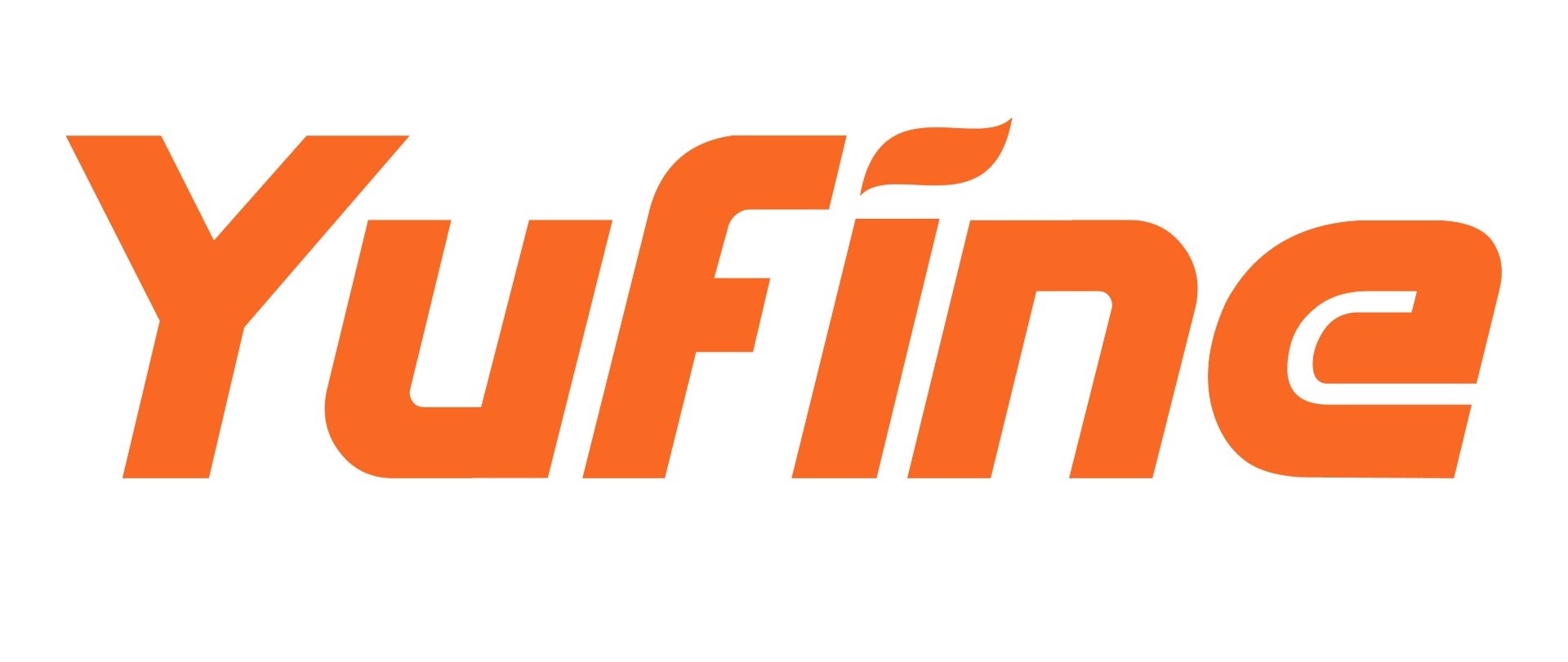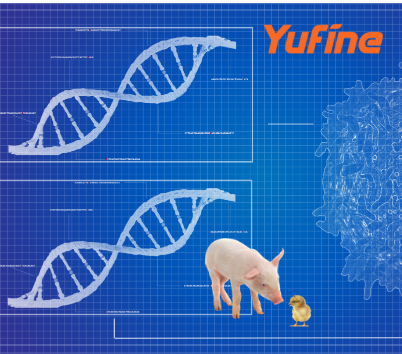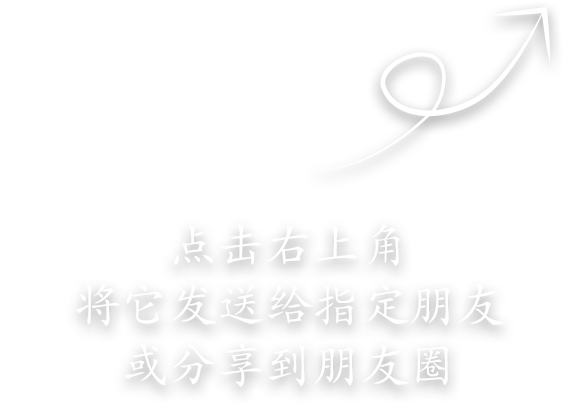 2024 Year-End Review of Feed Protein Industry
2024 Year-End Review of Feed Protein Industry
The year 2024 has been marked by significant developments in the feed protein industry, driven by increasing demand for sustainable and efficient animal nutrition solutions. This review highlights key trends, challenges, and advancements observed throughout the year.
### Market Overview
The global feed protein market continued to expand in 2024, influenced by growing livestock production and aquaculture activities. The demand for high-quality proteins to support optimal animal growth and health remained robust. Notably, there was an increased focus on alternative and novel sources of protein to address sustainability concerns and reduce dependency on traditional soybean meal and fishmeal.
### Key Trends
1. Sustainability Initiatives:
**Plant-Based Proteins**: Advances in plant-based proteins from peas, canola, and sunflowers have gained traction as viable alternatives.
**Insect Protein**: Insects like black soldier fly larvae emerged as a promising source of protein, especially in aquafeed.
**Algae and Microbial Proteins**: These innovative sources offer environmental benefits and are increasingly explored for their nutritional value.
2. Regulatory Developments:
- New regulations and standards were introduced globally to ensure the safety and quality of feed products. For instance, China’s Feed Industry Association published new group standards for feed additives such as protein iron, manganese, and copper.
3. Technological Advancements:
**Precision Nutrition**: Tailored feed formulations based on specific animal needs using advanced analytics and data-driven approaches.
**Biotechnology**: Enhanced breeding techniques and genetic modifications aimed at improving crop yields and protein content.
4. Economic Factors:
- Fluctuations in raw material prices affected the cost structure of feed proteins. Supply chain disruptions due to geopolitical tensions also posed challenges.
### Challenges Faced
Despite the positive momentum, the industry faced several hurdles:
**Supply Chain Issues**: Disruptions caused by extreme weather events and trade policies impacted the availability and pricing of critical ingredients.
**Environmental Concerns**: Pressure to minimize environmental footprints led to stricter scrutiny of production methods and sourcing practices.
**Market Competition**: Intensified competition among producers necessitated continuous innovation and differentiation strategies.
### Investment and Strategic Planning
Investors showed strong interest in companies pioneering sustainable feed solutions. Reports analyzing investment opportunities highlighted sectors with potential for growth, including:
**Alternative Protein Sources**: Companies developing insect-based or algae-based feeds attracted substantial capital.
**Biotech Innovations**: Startups focusing on biotechnological advances in feed additives received considerable attention.
### Future Outlook
Looking ahead to 2025, the feed protein industry is expected to continue evolving towards more sustainable and technologically advanced practices. Emphasis will remain on exploring alternative protein sources, enhancing nutritional profiles, and ensuring compliance with evolving regulatory frameworks.
This comprehensive overview encapsulates the major milestones and transformations within the feed protein sector during 2024. As stakeholders adapt to changing dynamics, they are poised to drive further innovation and progress in the coming years. Stay tuned for updates on emerging trends and breakthroughs in this dynamic field.








